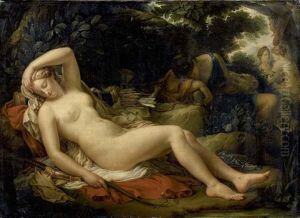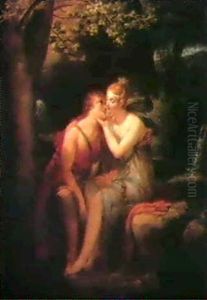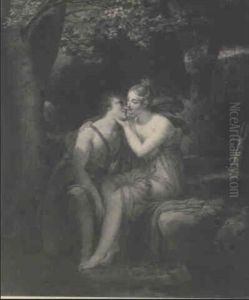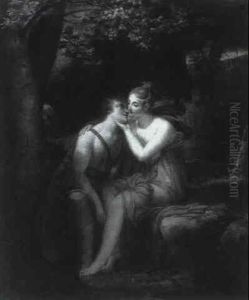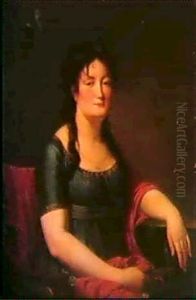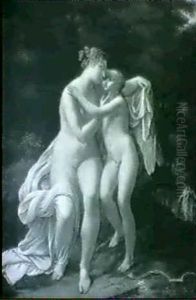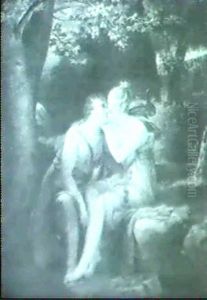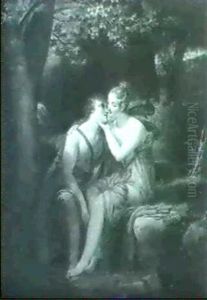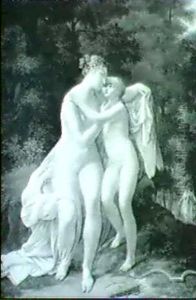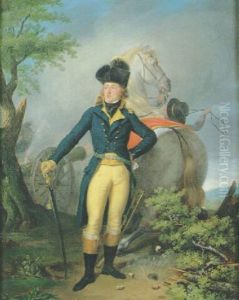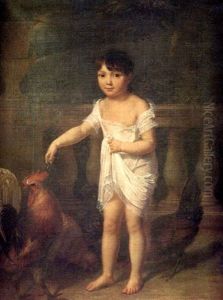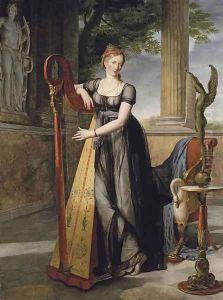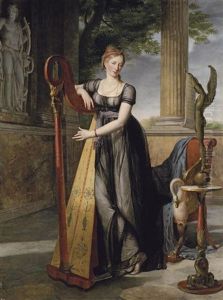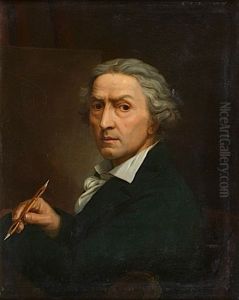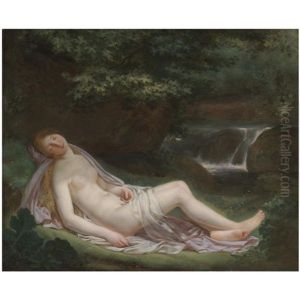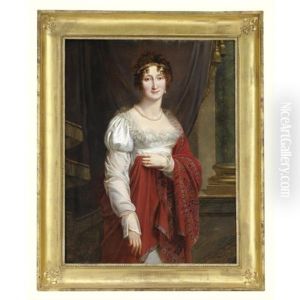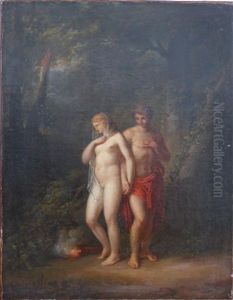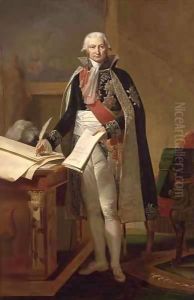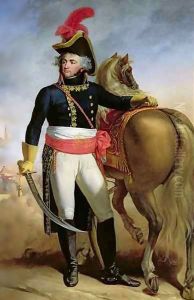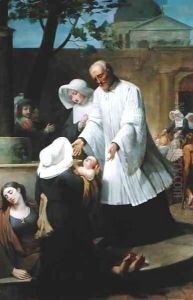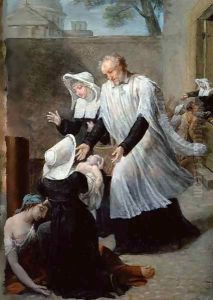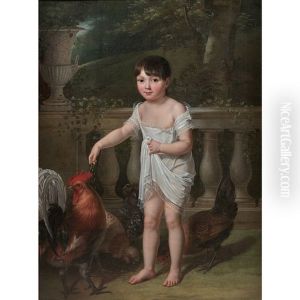Antoine Jean Joseph Ansiaux Paintings
Antoine Jean Joseph Ansiaux was a historical and portrait painter born on February 27, 1764, in Liège, which at the time was part of the Prince-Bishopric of Liège and is now located in modern-day Belgium. His talent for art became evident at an early age, and he was encouraged to pursue this path by his family and his local community.
Ansiaux initially trained under the prominent Liège artist Léonard Defrance, who was known for his progressive ideas and his encouragement of young artists. Benefiting from a solid academic foundation in the arts, Ansiaux later moved to Paris to advance his studies. There, he became a student of the renowned neoclassical painter Jacques-Louis David. Studying under David, Ansiaux was exposed to the neoclassical ideals that permeated the art scene of the late 18th and early 19th centuries. He absorbed David’s emphasis on classical subjects, precise drawing, and a polished finish, all of which would profoundly influence his own style.
Ansiaux achieved recognition for his work during his lifetime. He was admitted to the Académie Royale in Paris in 1815 and was later made a member of the Académie de Bruxelles. His historical paintings often incorporated themes from ancient history and mythology. One of his notable works, 'Jason Swearing Eternal Affection to Medea,' is reflective of the neoclassical style with its clear composition and idealized figures.
Despite his success, Ansiaux’s life was not without challenges. The political upheavals in Europe during his lifetime, including the French Revolution and the Napoleonic Wars, had a significant impact on the art market and the patronage system. Nonetheless, he managed to navigate these turbulent times and maintain a successful career.
Ansiaux's contributions to the art world continued until his later years. He remained active, continuing to create and exhibit his works, and he also engaged in teaching, passing his knowledge on to the next generation of artists. Antoine Jean Joseph Ansiaux died in 1840, leaving behind a body of work that reflects the neoclassical tastes and stylistic preferences of his era. His paintings remain a testament to the enduring appeal of neoclassicism and are held in various collections and museums, offering insights into the artistic zeitgeist of his time.
